
People that know me well know that I have two weaknesses. Kids and animals are two of my favorite things in the world: the ability to be young and have fun; the right to be born free and live wild. In the years that I have been doing rescue work, we have saved thousands of animals. I have an open door policy on just about any animal that needs help. I do have limits on the number of horses, dogs and cats that we can take in. If I had an open door for dogs, cats and horses we would be overwhelmed and bankrupt overnight. There are lots of other facilities that specialize in these areas ... my resources are best utilized on barnyard domestics, exotics and wildlife that most other facilities can not take in.
If you have ever read any of my older blogs, you would also know that I usually travel with a pack of dogs around me. There is Lucky, a Golden Retriever who was abandoned in our kennel while boarding here. Our Great Dane is Cleopatra; Cleo is not the smartest dog we have ever had but she loves to sit in your lap and be loved. Otis "P" Mister is a little terrier mix that a dog warden brought to our grooming shop and asked if we could find him a home. I am sure we could have found him a home if my kids didn't keep him hidden in our house whenever a customer came to pick up their dog. Our last dog is Austin, my Border Collie; I belong to him and he is my shadow. There is not much that goes on at our farm without Austin in the middle of it. I have always had a weakness for Border Collies (read my older blogs) and I love a smart dog that is a challenge. Austin is my best friend and best companion. Austin makes sure that I get up after one hit of the snooze button in the morning because there is work to be done and he has been looking forward to getting it done all night.

I recently got an email from a former student, one of my favorite kids. They have a Border Collie that they need to place. I didn't ask any questions, but they have to leave their house and move into an apartment. She was wondering if I was interested in taking Casey. If it had been any other kid, or any other breed of dog, I would have helped find the dog a good home and gone on with my life. I said that we would talk about it (she emailed back). I told her that maybe I should meet Casey sometime (they came over last night). Casey was not what I expected. As their car pulled into the driveway, it appeared to be heavy in the rear. It had the happiest Border Collie in the world in the back. BC's love to ride and it doesn't matter on what. If it moves they are on it, in it, or chasing it. After brief introductions, the fattest Border Collie I have ever seen in my life got out of the back of the car. Casey is the same size as my Austin but easily 4 times his weight. I was amused. It also amuses me that if I agree to take this dog, my best friend from High School has two sons ... named Austin and Casey. What are the odds? It must be destiny.
Casey didn't realize it but his test had already started. If Casey is going to live at NY Wildlife Rescue Center there are rules. There are lots of them that are loosely enforced.... Our Dogs need to: love all people (even ones that are tough to like), not harass customers going in and out of the grooming shop, put up with my kids, walk past all types of loose animals, stay on our property, be within eyesight of me (that includes when I am in the bathroom or sleeping), be able to sneak into our house (when covered with mud) and go lay down so my wife doesn't yell, and never let my truck pull out of the driveway unless you are in the back seat (covered in mud) and hanging out the window. The rules are not limited to these. I frequently make up rules as I go along but none are too unrealistic. I will put up with a dog being a dog if they can handle the same of me.

Casey said "hi" to me and then we took a tour of the farm. None of the pack really seemed to find anything at fault with him. Casey is smart, like most Border Collies. He didn't seem to be bothered by much on the farm. He responds to verbal and hand commands for: come, sit, heel, down, back-up and would shake or do just about anything else asked of him. I wish that we could have tried him off of his leash but it was too soon for that. Casey might come to spend 10 days with me over April Vacation from school. It is the logical time to "break him in" since he will have my attention 24 hours a day during that time. My wife doesn't know it yet but I think that we are about to get another dog. No, we don't need another dog: but what is one more when I walk with a pack of misfits already?
Wes











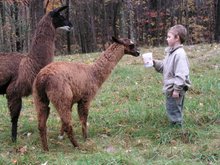
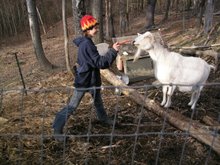

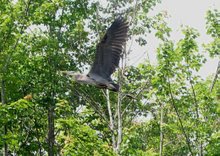

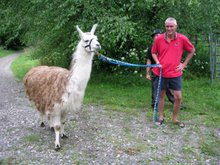
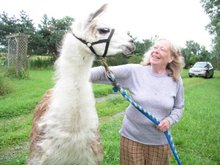
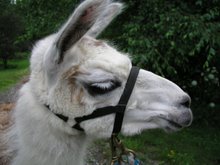








No comments:
Post a Comment